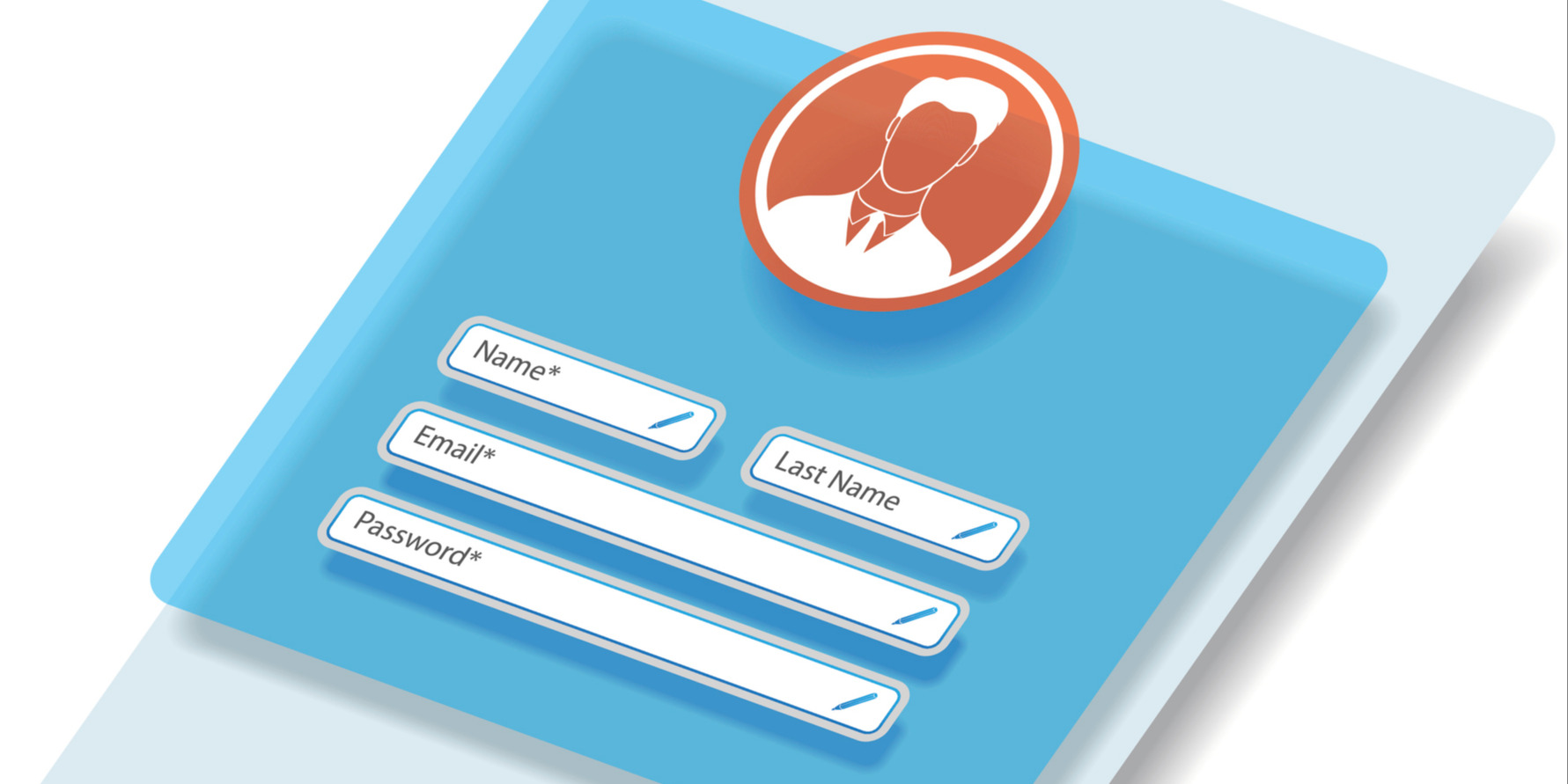Profitable Lead Gen Series: The Call-To-Action
More than 90% of visitors who read your headline also read your CTA copy. If there were a ‘secret sauce’ to lead generation, it would be the...


Lead generation doesn't actually happen until you turn a visitor into a lead by collecting their information via a form. Forms are the key to building a landing page that converts.
Forms come in handy when it’s time for people to sign-up, subscribe to your blog, download an offer or piece of content, or take the next step on an action you’re encouraging. These forms are a way for you to find prospects, but they also allow prospects to identify themselves to you, so you can reach out and nurture the relationship in relevant and personalized ways.
In this ‘Profitable Lead Gen’ series, we share advice that’s been time-tested to ensure you’re on the path to improving revenue through lead generation.
As mentioned in the first post in this series, there are many factors, assets, and strategies that go into profitable lead gen. It’s a big picture, and we’re sharing snippets in each post. LeadG2’s team of experts share tips related to lead generation often, and you can check out all of our blog posts on Lead Generation here. Explore other posts in this series at the end of this article.
We can’t discuss form optimization for lead generation without first reminding everyone about the mechanics of lead generation. The best lead gen campaigns contain most, if not all, of these components. From a tactical perspective, a marketer needs four main elements to make inbound lead generation effective, which include:
Other assets can support lead generation, but these are the main, necessary elements.
It seems pretty basic — add form fields, collect visitor information, and “BAM!” you now have a way to reach out and nurture the relationship. If only it were that easy.
Just like any other basic mechanics in marketing, there’s an art and a science to form optimization also. Here are some tips to help you optimize your forms for lead generation:
There is no magic answer when it comes to how many fields your form should contain, but the best balance is to collect only the information you really need. At LeadG2, we determine the information we want to collect based on where this visitor would likely be in the buyer’s journey and on the type of information they want to collect by filling the form.
READ MORE ABOUT CONTENT MAPPING AND CREATING CONTENT FOR THE BUYER’S JOURNEY HERE.
Typically, top-of-the-funnel (TOFU) content like subscribing to your blog is simple with just one field for the email address to allow them to receive blog updates to their email. As you get to middle-of-the-funnel (MOFU) or bottom-of-the-funnel (BOFU) content for lead generation, you might have a few more fields that ask for more specific information like job title, company size, location, and other details necessary for you to qualify leads or nurture them.
The fewer fields you have in a form, the more likely you will receive more conversions. In fact, Quicksprout found that limiting the number of form fields to three can slash form abandonment rates. This is because with each new field you add to a form, it creates friction (more work for the visitor) and fewer conversions. A longer form looks like more work and sometimes it will be avoided all together. But on the other hand, the more fields you require, the better quality those leads might be.
The best way to determine what works best is to test it.
To submit or not to submit —that is the question (most of your visitors are asking). 81% of people have abandoned a form after beginning to fill it out (The Manifest). One of the best ways to increase conversion rates on forms is to simply NOT use default words on your button like “SUBMIT.” 3% more people will abandon if you use the word “Submit.”
A helpful hint is to change the button statement into a benefit that relates to what they are getting in return.
If the form is to download an eBook, the submit button should say, “Get Your eBook,” or information about what’s in the eBook. If it’s an eBook with tips, the button could read, “Send me the tips!”
Another helpful tip is to design the button big, bold, and colorful, so it stands out on the form design. Make sure it looks like a button (appears “clickable”).
Due to an increase in spam over the years, people are more resistant to give up their information. To help reduce a visitor’s anxiety to complete the form, there are a few different elements you can add.
Be clear on what you will do with their email address or other contact information. If they will be added to weekly or regular email communication, tell them that upfront. If their contact information will only be used to contact them with an appointment but will not be added to a blog subscription list, let them know that with small text close to the form.
If a form looks long, time-consuming, or daunting because it requires a lot of fields, try making the form look shorter by adjusting the styling. To achieve this:
If the form covers less space on the page, it may seem as if you’re asking for less.
Optimizing forms on landing pages or throughout your site is important to driving revenue through lead generation. By strategizing form length, button verbiage, form appearance, and reducing the visitor’s submission anxiety, forms will play a key role in enhancing your lead generation efforts and making them more profitable.
For more on this topic as well as additional lead generation tips, check out our new eBook, The 30 Greatest Lead Gen Tips, Tricks and Ideas!


More than 90% of visitors who read your headline also read your CTA copy. If there were a ‘secret sauce’ to lead generation, it would be the...

Developing a solid inbound marketing and content strategy is something that most companies struggle with. In fact, a study from Ascend2 and its...

Wouldn't it be fantastic if you had a steady stream of leads coming into your sales department? Wouldn't it be even better if this steady stream were...